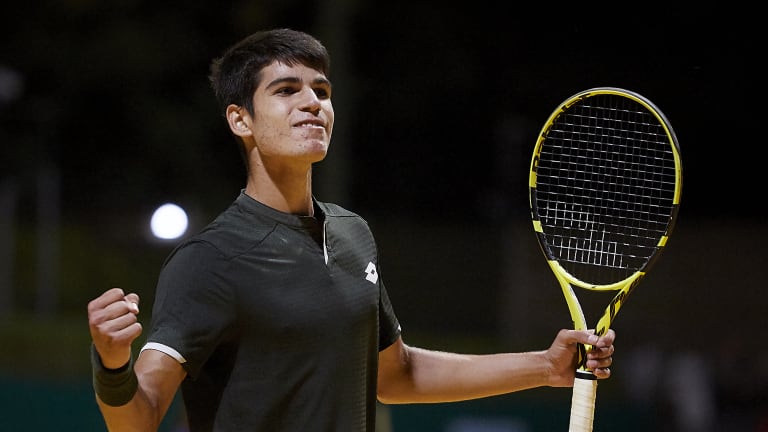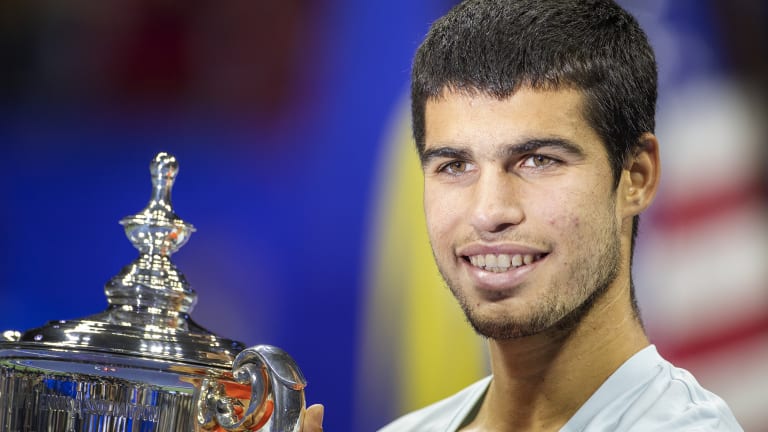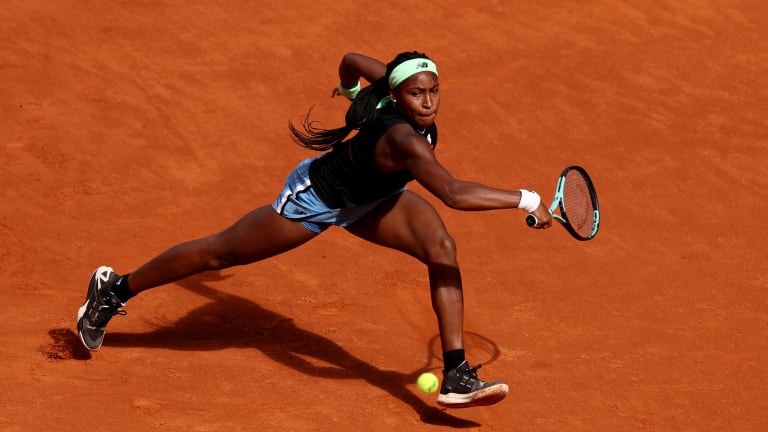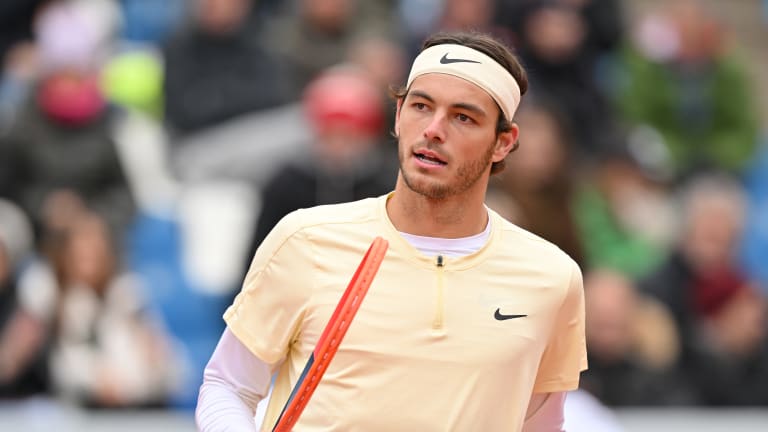Coach's Corner
What do top tennis coaches and talent scouts look for in young players?
By Apr 30, 2023Coach's Corner
Polina Kudermetova reportedly hires former world No. 1 Dinara Safina as a coach
By Dec 27, 2025Coach's Corner
“Right now, I’m hurting”: Juan Carlos Ferrero opens up on Alcaraz breakup
By Dec 26, 2025Coach's Corner
Coaching carousel continues: Grigor Dimitrov, Daniel Vallverdu split for second time
By Dec 19, 2025Coach's Corner
Carlos Alcaraz announces shock split from longtime coach Juan Carlos Ferrero
By Dec 17, 2025Coach's Corner
Daniil Medvedev announces split from coach Gilles Cervara after dramatic US Open exit
By Aug 31, 2025Coach's Corner
Elena Rybakina on return of coach Stefano Vukov: “It’s just nice to see him in the box”
By Aug 30, 2025Coach's Corner
SPOTTED: Coco Gauff training with biomechanic coach Gavin MacMillan at US Open
By Aug 20, 2025Coach's Corner
Stefano Vukov, coach of Elena Rybakina, cleared by WTA Tour to return from suspension
By Aug 08, 2025Coach's Corner
SPOTTED: Diana Shnaider trains with Sascha Bajin, Emma Raducanu with Francisco Roig, in Cincinnati
By Aug 05, 2025What do top tennis coaches and talent scouts look for in young players?
No coach can see what’s inside a kid right away, even a potential once-in-a-generation talent like Carlos Alcaraz. We spoke to five about which traits mean the most, and which can be deceiving.
Published Apr 30, 2023
Advertising
Advertising

Alcaraz, then 16, pictured after winning ATP Challenger match at Seville in September 2019.
© Getty Images
Advertising
Advertising

Alcaraz became the first teen on the ATP Tour to reach world No. 1 as a result of his 2022 US Open triumph.
© 2022 Tim Clayton
Advertising
Advertising

There's no denying the pure athleticism Coco Gauff brings each time she steps out on court.
© Getty Images
Advertising
![“John [McEnroe] can scan a kid before they play a point.”](https://images.tennis.com/image/private/t_16-9_768/f_auto/tenniscom-prd/il2un1wqejvjidkgre8p.jpg)
“John [McEnroe] can scan a kid before they play a point.”
© 2016 Getty Images
Advertising
Advertising

Fritz cracked the Top 5 on February 27, 2023.
© Getty Images for BMW